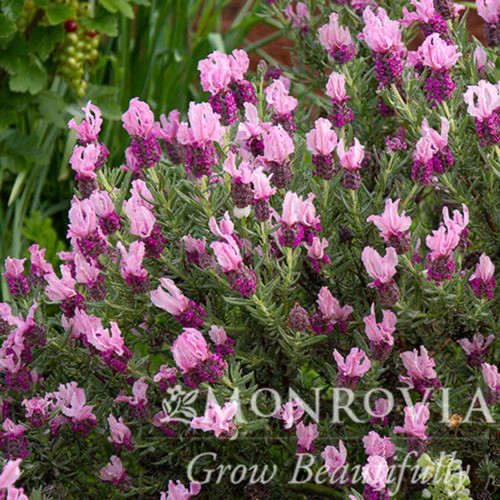Herbs
How To Grow Your Own Cooking Herbs
Herbs are delicious additions to so many dishes, and several popular herbs are easy to grow at home. You can save money and time flavoring foods by growing one or two of your favorite herbs in containers or flower beds near your home. Try the herbs listed below for the joy of cutting just enough fresh leaves for your recipe and the pride in growing the plants yourself.
Perennials Herbs
First, here’s a list of herbs that grow well in dry climates; in most parts of New Mexico and the desert Southwest United States. These herbs can be perennial plants in your landscape, coming back from year to year:
Rosemary - This aromatic herb is our favorite for growing and cooking. The drier, the better, once it’s established. And you can grow rosemary for its woody habit and tiny purple flowers.
Sage - grow sage as an ornamental or for cooking with. Dried leaves are great in poultry dishes. Bees also love sage flowers.
Lavender - You can cook with lavender and its a fantastic ornamental plant – especially in a xeric garden.
Oregano - Culinary oregano is easy to grow and is hardy down to zone 5. Capture its best flavor by harvesting just before the plant blooms.
Annual Herbs
These can grow back year to year, but it isn't as easy to get the plants to do that. An example is dill, which may come up every year, but its hard to estimate if and where the plants will come up. So most gardeners grow these herbs as annuals and replant each spring.
Basil - You can start from seed in early spring, or start off with basil plants which is much easier and faster.
Dill - The tall aromatic plant is great for rock gardens. You can harvest seeds or leaves.
Parsley - The plant is an annual in most regions, unable to take a hard freeze. It’s the most popular herb used around the world.
Cilantro - This is a must-have herb for Southwestern dishes and it takes a big bunch for most recipes. Cilantro loves sun and often re-seeds. The leaves are delicious and the seeds (coriander) are popular in many recipes.
Fennel - The smell of fresh fennel resembles that of licorice. Fennel can become a weed in the right (wrong?) conditions.
Tips For Growing and Harvesting Herbs
Most annual herbs are easy to direct sow, or grow from seed right in your garden or container. Many perennial herbs, especially rosemary and lavender, grow best from cuttings or transplants. Be sure to choose a large enough container for your herb and choose a location that gives the plant enough sun or shade, depending on its needs. If this information isn’t on the tag or seed packet, check with a local or regional source such as master gardeners or your state and local cooperative extension service.
Protect tender herbs from pests. Swallowtail caterpillars are known for loving dill. If you can grow inside a fence, great. Either choose those that your local pests don’t prefer, or find a way to cover them.
Harvest most herbs all season. Once a plant is sturdy and bushy, you can begin harvesting. Once an herb flowers, it can bolt in growth and lose or change flavor. You can harvest rosemary from a plant already flowering, and then trim it back lightly in spring. You can let older thyme plants flower and try to keep younger ones managed for harvesting. In general, harvesting invigorates herb plants. So it’s best to use the leaves! Here are tips on cutting basil, along with a pesto recipe.
Drying herbs is easy. Hang up the harvested plants in bunches in a cool and dry location, then strip the dried flowers or leaves.
Winter over or move indoors. If you’re not inclined to dry herbs at the end of the season, try wintering the plants over. Perennial herbs for your zone might need protection, but should make it in all but the coldest, snowiest winters. An advantage of container growing is that you can move the container indoors or to a warmer winter spot. Even if your indoor herb fails to last the entire winter, you extended the time during which you could clip just enough herbs for a favorite family meal, right inside your own home!




























































